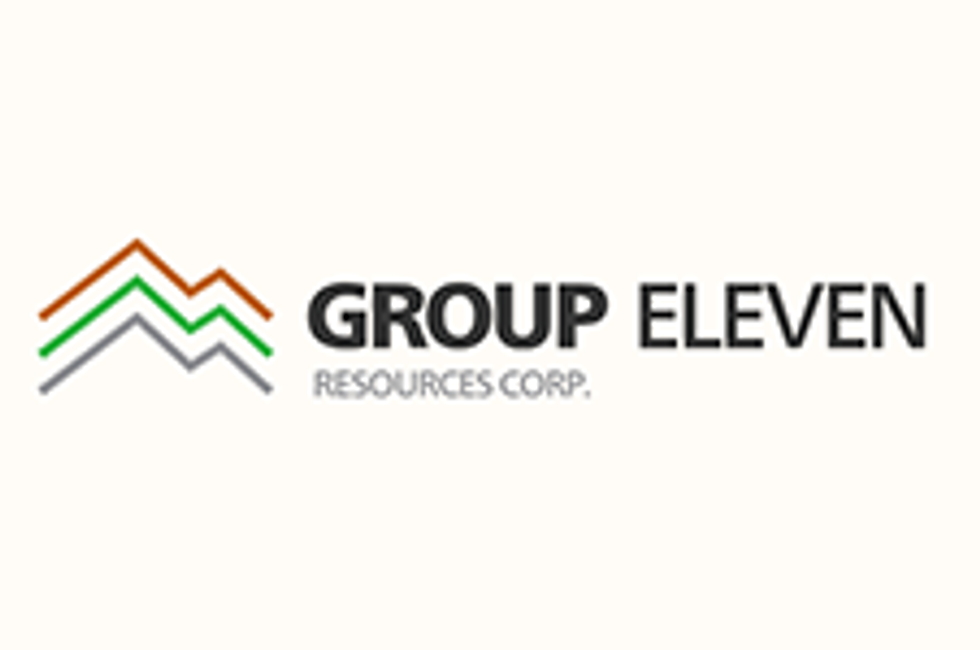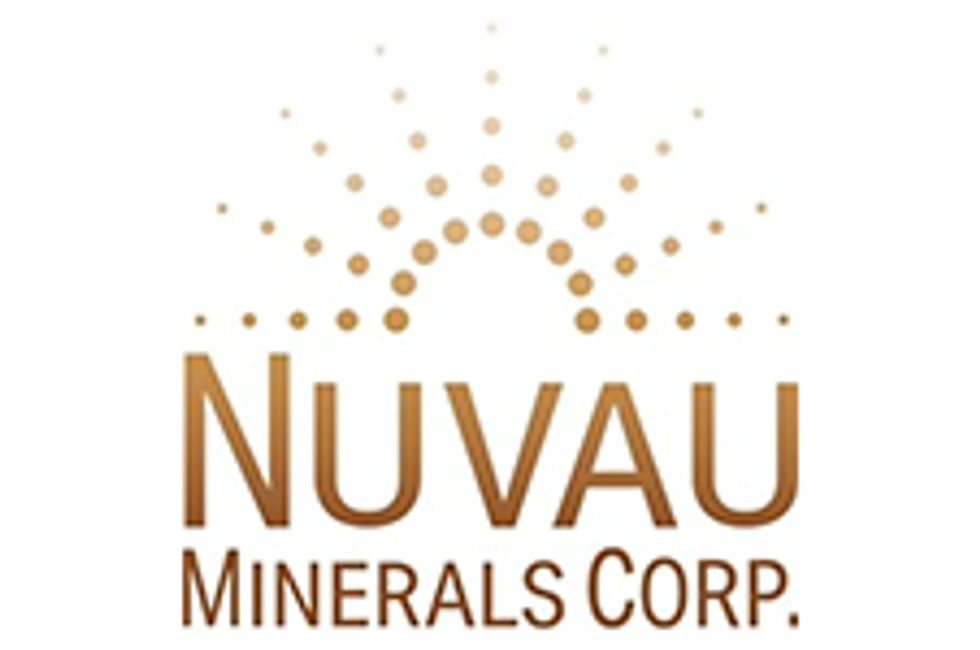Refinitiv: COVID-19 Accelerated Zinc’s Deteriorating Fundamentals

Zinc has been one of the weakest base metals performers so far this year, down 11 percent — but this was expected, Karen Norton of Refinitiv said.
The impact of the coronavirus pandemic has been felt in the zinc space since Q1, with prices plummeting to their lowest level in four years. And despite a steady rebound in the second quarter, a sharp increase might not be in the cards in 2020.
Speaking about the zinc market, Karen Norton of Refinitiv said she believes conditions are likely to remain volatile in the next quarter, with a general downward bias over the period.
“We do not see current prices as justified by zinc’s fundamentals and believe its position above US$2,000 per tonne is tenuous,” she said. Zinc is currently trading at US$2,037.50.
Compared to copper, which is down just 2 percent, zinc has been one of the weakest base metal performers so far this year, dropping 11 percent — but this was expected, Norton said.
“This fits in with our view that zinc had its day in the sun and that its fundamentals were already deteriorating towards the end of last year, while copper was starting to head in the opposite direction with deficits beckoning further ahead,” she said.
The supply disruptions seen in 2020 will not be enough to avoid oversupply in the market this year, and Q3 is expected to see fewer mine supply losses than the previous quarter.
“We are currently forecasting that Q2 will bear the brunt of losses in zinc mine production this year, but Q3 will still show a decline year-on-year of around 50,000 tonnes, compared with about 280,000 tonnes in Q2,” Norton told the Investing News Network.
Refinitiv’s Metal Production Database forecasts a 2.6 percent decline in mine output from last year to 12.56 million tonnes, or a fall of almost 350,00 tonnes. That includes pre-COVID-19 price-related shutdowns and the previously flagged closure of Vedanta’s (NYSE:VEDL) Skorpion operation in Namibia.
“We do not rule out further price-related cutbacks at the margin, but not to any degree that would make a further significant dent to zinc production,” Norton said. “For zinc, the COVID-19 impact may have accelerated the process of curtailing output in a deteriorating market environment.”
In terms of refined output, mine losses have tightened the market, and smelters in top producer China have brought forward maintenance shutdowns to help mitigate the issue. However, Chinese production, and by extension global output, is still seen growing for the year as a whole, Norton explained.
Looking forward, the Refinitiv senior analyst believes the impact on zinc mine output may be temporary and confined to this year if prices rebound sufficiently.
“If that is the case, the outcome is that while this may limit refined zinc production growth this year, it will only partially mitigate the sharp fall in demand, leaving the market in sizeable surplus, and with further sizeable surpluses still likely over the medium term unless prices fall sharply and remain weak for a sustained period,” she explained.
Looking at demand in the coming months, stimulus in China will be critical to the overall picture for zinc, and is expected to benefit the metal during the second half. The Asian nation is the world’s biggest consumer of the base metal at almost half of total global demand.
“But that is not without some degree of caution, especially with the authorities there voicing concerns over debt risks and making clear that stimulus will be reined back in due course,” Norton said.
Another key factor that could impact demand is the potential for a second COVID-19 wave, which might threaten the current recovery.
“Having come out of lockdown, end-use consumption in China had already been picking up ahead of the start of H2, boosted among others by infrastructure orders and higher car and real estate sales,” Norton said. “China’s economy may be in recovery mode, but the seasonally slower period for demand is here, when construction projects tend to slow, so that will put a bit of a brake on things.”
Additionally, China’s zinc demand is also dependent on exports of zinc-containing products, which means that economic recoveries in other major economies will also be key.
“Operating rates at galvanizers in China have been improving in the last couple of months, but despite recent optimism regarding US investment in infrastructure construction, China’s export orders for galvanized zinc products and other zinc products remain slow,” Norton said.
Don’t forget to follow us @INN_Resource for real-time updates!
Securities Disclosure: I, Priscila Barrera, hold no direct investment interest in any company mentioned in this article.
Editorial Disclosure: The Investing News Network does not guarantee the accuracy or thoroughness of the information reported in the interviews it conducts. The opinions expressed in these interviews do not reflect the opinions of the Investing News Network and do not constitute investment advice. All readers are encouraged to perform their own due diligence.

